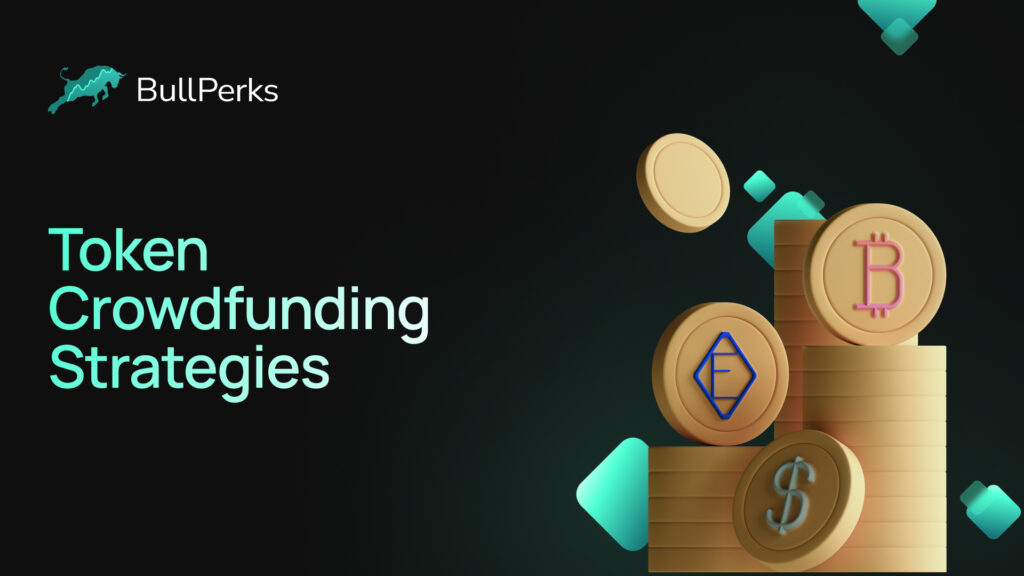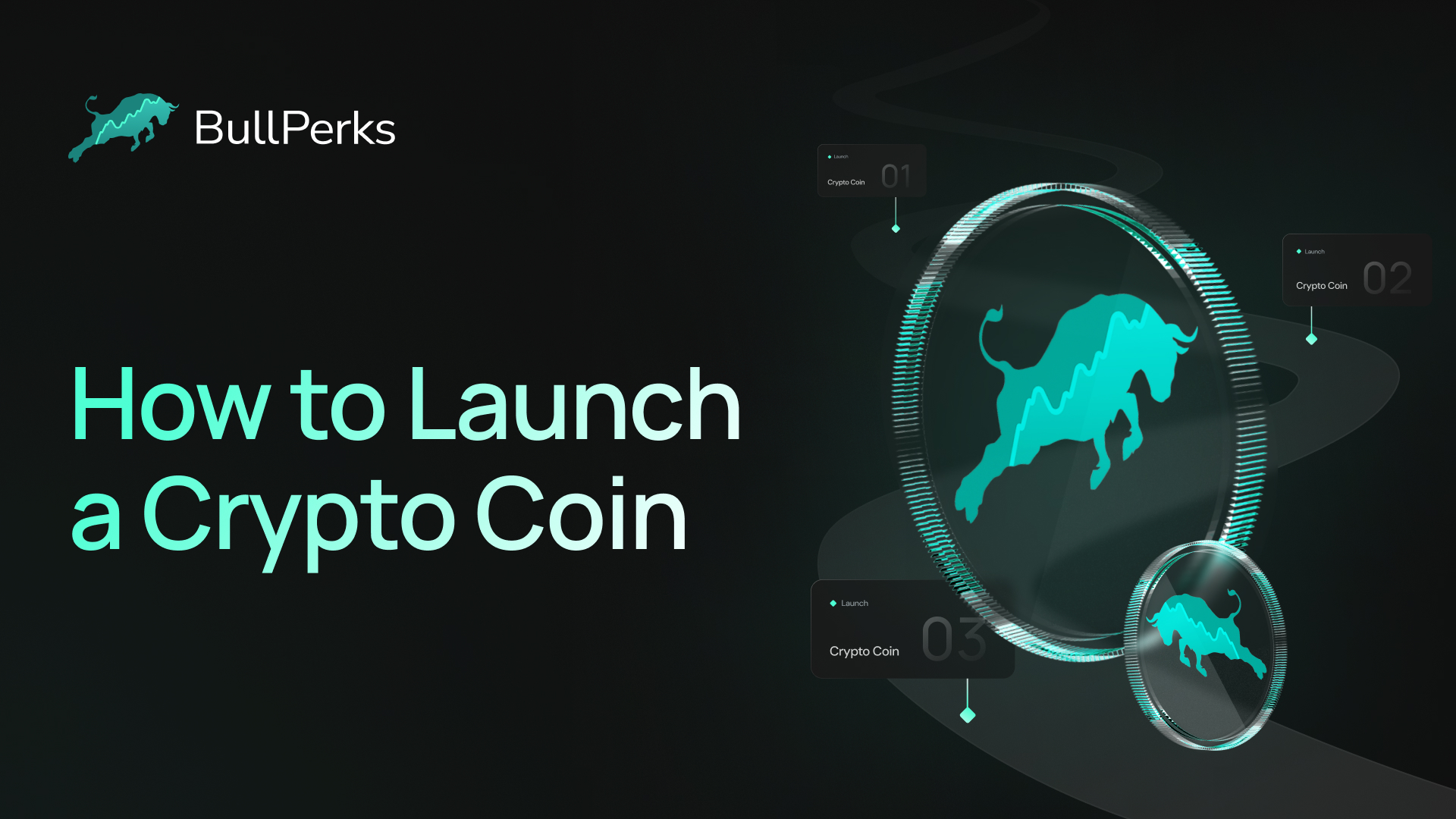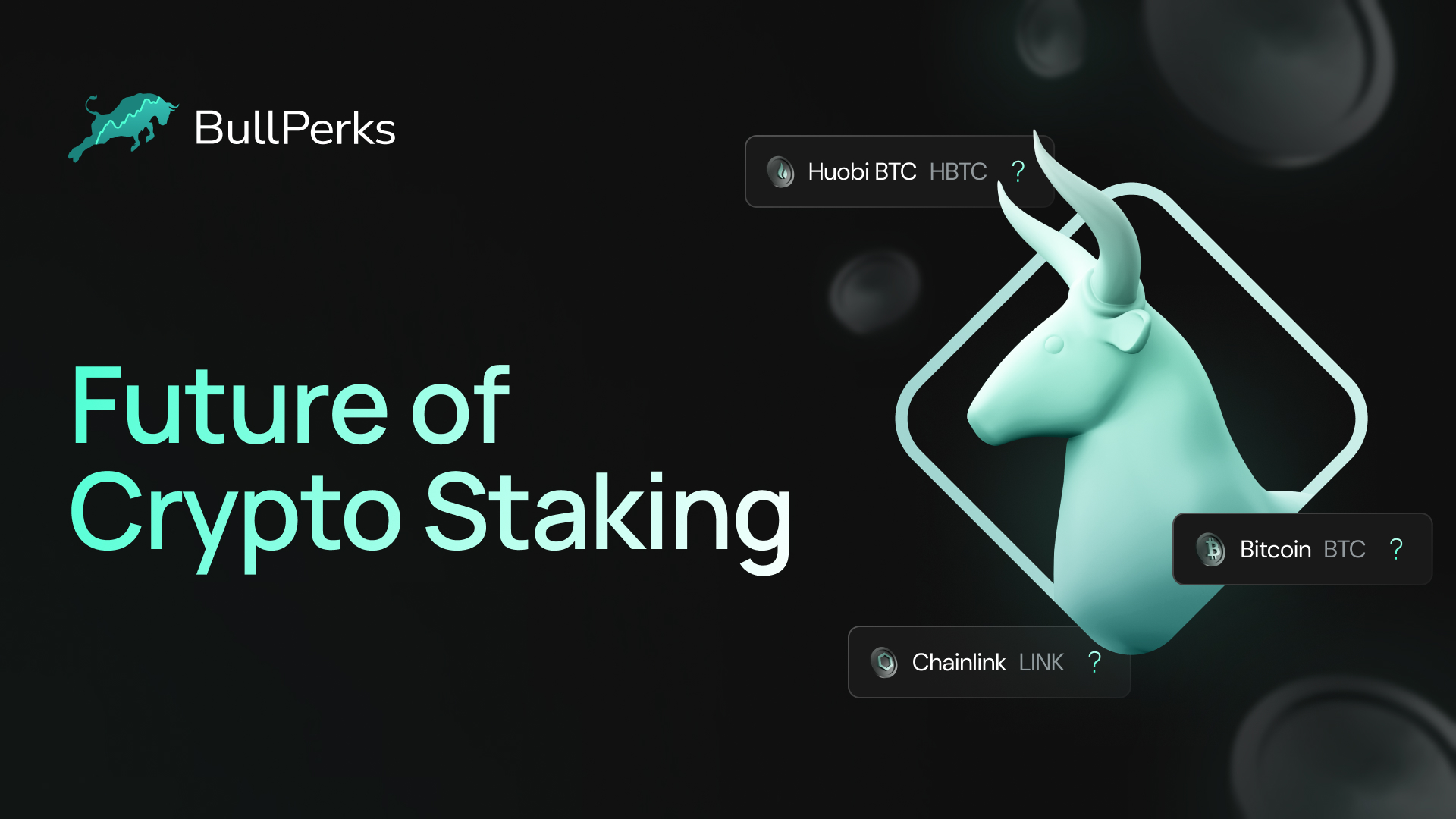
Token crowdfunding is growing in popularity, and new token crowdfunding strategies are being developed.
Raising funds for token launch
What is needed to create and run a successful token crowdfunding campaign? Let’s explore it in detail.
Understanding Token Crowdfunding: Exploring the Basics
Token crowdfunding, also known as Initial Coin Offering (ICO), has emerged as a popular mechanism for raising funds in the digital age. Understanding the basics of token crowdfunding is essential for anyone looking to explore this new frontier in fundraising.
In a token crowdfunding campaign, a company or project issues and sells tokens to investors in exchange for funds. These tokens usually represent a stake or utility in the company or project.
Unlike traditional crowdfunding methods that rely on donations or pre-selling products or a share in a company token crowdfunding allows investors to purchase tokens that may have financial value or provide access to specific services or products.
This unique approach to fundraising has gained traction in recent years, with many successful campaigns raising significant amounts of capital.
The Role of Tokens in Crowdfunding: A New Paradigm
Tokens have emerged as a revolutionary tool in the world of crowdfunding, presenting a new paradigm for both entrepreneurs and investors. Unlike traditional crowdfunding models that offer backers tangible rewards or equity stakes, token crowdfunding allows companies to offer tokens as a form of investment.
These tokens based on blockchain technology represent a digital asset with inherent value and utility within a specific ecosystem.
The role of tokens in crowdfunding is multi-faceted. Not only do they provide a means of raising capital for businesses, but they also offer unique benefits for investors. By purchasing tokens, investors gain access to a network or platform where these tokens can be used or traded. This creates a mutually beneficial relationship, as companies can tap into a pool of supporters while investors can potentially reap financial rewards as the value of these tokens appreciates over time.
The decentralized nature of tokens and their ability to eliminate intermediaries further adds to their appeal, making the token crowdfunding model a game-changer in the fundraising landscape.
Identifying Target Investors: Strategies for Effective Token Crowdfunding
When embarking on a token crowdfunding campaign, it is crucial to identify and target the right investors. By understanding the characteristics and preferences of potential investors, you can tailor your campaign to resonate with them and increase your chances of success.
One effective strategy is to conduct thorough market research to identify the specific demographics, interests, and motivations of your target audience. This can be done through surveys, focus groups, or by analyzing data from previous crowdfunding campaigns in your industry.
Once you have a clear understanding of your target investors, it is important to craft a compelling value proposition that aligns with their needs and interests. Your value proposition should clearly communicate the unique benefits and potential return on investment that your token offers. Additionally, it is essential to highlight any competitive advantages or differentiators that set your project apart from others in the market.
Developing a Compelling Token Crowdfunding Campaign: Key Considerations
A marketing campaign is a must
Developing a compelling token crowdfunding campaign requires careful planning and strategic considerations. One of the key considerations is identifying the target audience and understanding their needs and motivations. It is crucial to conduct thorough market research to determine who would be interested in your project and how your token can provide value to them. By understanding your target investors, you can tailor your campaign to appeal to their specific interests and give them a compelling reason to invest in your token.
Another essential consideration is crafting a clear and concise message that effectively communicates the unique value proposition of your token. Your campaign should clearly articulate the problem your project aims to solve and how your token will offer a solution. It is important to highlight the benefits and potential returns that investors can expect while addressing any potential risks.
A well-defined message will not only attract potential investors but also build trust and credibility in your project. Additionally, having a strong narrative and storytelling element in your campaign can evoke emotions and resonate with investors on a deeper level, making them more likely to support your token crowdfunding campaign.
Leveraging Social Media and Influencers: Amplifying Token Crowdfunding Reach
Leveraging social media and influencers is a powerful strategy to amplify the reach of token crowdfunding campaigns. In today's digital age, social media platforms have become a central hub for communication, information sharing, and connection.
This offers a unique opportunity for token crowdfunding campaigns to engage with potential investors on a global scale. One of the key advantages of leveraging social media is its ability to target specific demographics and interest groups. By utilizing advanced targeting tools and analytics, token crowdfunding campaigns can identify and reach out to individuals who are most likely to be interested in their projects. This not only increases the chances of attracting potential investors but also ensures that the campaign's message is delivered to the right audience.
In addition to targeting specific demographics, influencers can also play a crucial role in amplifying the reach of token crowdfunding campaigns. Influencers are individuals with a significant following and influence on social media platforms.
Collaborating with influencers can help generate awareness and credibility. Their endorsement or recommendation can carry significant weight and attract the attention of potential investors who may have otherwise overlooked the campaign.
To effectively leverage social media and influencers, token crowdfunding campaigns should have a well-defined strategy in place. This includes identifying the most suitable platforms for reaching the target audience, crafting compelling content that resonates with the audience, and engaging with followers by responding to comments and messages promptly.
However, it is important to remember that successful leveraging of social media and influencers requires a thoughtful and strategic approach. Through careful planning and execution, token crowdfunding campaigns can maximize their visibility, engage with investors, and increase their chances of achieving their funding goals.
Token Economics: Designing a Sustainable Token Crowdfunding Model
Designing a sustainable token crowdfunding model requires careful consideration of token economics. Token economics, or tokenomics refers to the system by which tokens are created, distributed, and valued within the crowdfunding campaign. A well-designed token economics model can incentivize investor participation, drive token demand, and ultimately contribute to the success of the campaign.
One key aspect of token economics is the token supply and distribution. A limited token supply can create scarcity and increase the perceived value of the tokens, incentivizing investors to participate early in the crowdfunding campaign.
A fair and transparent distribution mechanism can enhance investor trust and confidence in the project. It is important to strike a balance between rewarding early supporters and ensuring a sufficient token supply for the future growth and development of the project.
Regulatory Compliance in Token Crowdfunding: Navigating the Legal Landscape
Regulatory compliance for success
In the world of token crowdfunding, understanding and navigating the legal landscape is crucial. Regulatory compliance is a fundamental aspect that cannot be overlooked. As the popularity of token crowdfunding grows, regulators are paying closer attention to ensuring that projects and platforms comply with existing laws and regulations.
When it comes to regulatory compliance in token crowdfunding, the first step is to identify the jurisdiction in which the project operates. Different countries have different laws governing crowdfunding and cryptocurrency activities.
It is essential to thoroughly research and understand the legal requirements and obligations that must be met. This includes registering the project with the appropriate regulatory bodies, obtaining necessary licenses, and ensuring compliance with anti-money laundering (AML) and know-your-customer (KYC) regulations.
It is crucial to stay updated on any regulatory changes or developments that may impact the project. By proactively addressing regulatory compliance, project creators can mitigate legal risks and build trust with potential investors.
Token Crowdfunding Platforms: Comparing Options for Success
Token crowdfunding platforms play a crucial role in the success of token crowdfunding campaigns. With a multitude of options available, it is essential to carefully compare and assess the different platforms to ensure the best chances of achieving crowdfunding goals.
When comparing options for success, factors such as platform reputation, user-friendliness, security measures, and community engagement should be taken into consideration.
To begin with, evaluating the reputation of a token crowdfunding platform is paramount. Look for platforms that have a proven track record and a history of successfully facilitating token crowdfunding campaigns.
Platforms that have already enabled successful projects tend to have established networks and a higher trust factor within the crypto community. It is also important to assess the platform's commitment to compliance and regulatory standards, as this ensures a more secure and trustworthy environment for both token issuers and investors.
Post-Campaign Strategies: Building Trust and Maintaining Investor Engagement
Building trust and maintaining investor engagement are essential post-campaign strategies for token crowdfunding.
One effective strategy for building trust is to provide regular and transparent updates. Keeping investors informed about the progress of the project, major milestones achieved, and any challenges faced helps build credibility and instills confidence in the project's management team. Providing detailed updates through newsletters, blog posts, or direct communication channels can help investors feel engaged and part of the journey.
In addition to regular updates, maintaining investor engagement requires active communication and responsiveness. Promptly addressing inquiries, concerns, or feedback from investors not only demonstrates a commitment to transparency but also shows that their opinions and interests are valued.
This can be achieved through various communication channels such as email, social media platforms, or community forums specifically created for project backers. By creating an environment where investors feel heard and valued, trust can be further strengthened, leading to long-term relationships and potential future investments.
Case Studies: Examining Successful Token Crowdfunding Campaigns
In this section, we will examine successful token crowdfunding campaigns and delve into the factors that contributed to their success.
One notable case study is the Golem Network. Golem aimed to create a decentralized global marketplace for computer power, allowing users to rent out their unused computing resources. Their token crowdfunding campaign raised a staggering $8.6 million in just 29 minutes, demonstrating the power and potential of token crowdfunding.
Golem
The success of Golem can be attributed to several key factors, including a clear and compelling vision, a strong team with relevant expertise, and effective communication with potential investors. By effectively leveraging their whitepaper, website, and social media platforms, Golem was able to generate significant interest and attract a large number of participants to their token sale.
BAT token
Another example worth exploring is the BAT token by Brave Software. Brave aimed to disrupt the digital advertising industry by integrating blockchain technology into web browsers and rewarding users and content creators with tokens for their attention.
Their token crowdsale raised a remarkable $35 million in just 30 seconds. This success can be attributed to the credibility and track record of the team behind Brave Software, led by Brendan Eich, co-founder of Mozilla and creator of JavaScript.
The project's innovative approach and potential for widespread adoption resonated with the crypto community, leading to a high level of participation in their token sale.
These case studies highlight the importance of a compelling vision, a strong team, effective communication, credibility, and innovation in the success of token crowdfunding campaigns. By understanding and implementing these key factors, projects and startups can increase their chances of achieving their fundraising goals and creating a strong foundation for their decentralized initiatives.
FAQ
What is token crowdfunding?
Token crowdfunding is a fundraising method that involves issuing and selling digital tokens or cryptocurrencies to investors in exchange for funding for a project or venture.
What role do tokens play in crowdfunding?
Tokens act as digital assets or representations of value that can be used within a specific ecosystem or project. They enable investors to participate in the project's success and can have various functionalities, such as access to services, voting rights, or potential future returns.
What are the key considerations when developing a compelling token crowdfunding campaign?
Developing a compelling token crowdfunding campaign requires careful planning and consideration of factors such as setting clear goals, creating a compelling value proposition, establishing a strong team, conducting market research, and implementing effective marketing strategies.
How can social media and influencers be leveraged to amplify token crowdfunding reach?
Social media platforms and influencers can greatly enhance the reach and visibility of a token crowdfunding campaign by creating engaging content, sharing updates and progress, and leveraging their existing followers and networks to generate interest and attract potential investors.
What is token economics in the context of token crowdfunding?
Token economics refers to the design and implementation of a sustainable economic model for the tokens issued in a crowdfunding campaign. It involves considerations such as token distribution, supply and demand dynamics, token utility, incentives, and mechanisms for ensuring the token's long-term value and viability.
How can regulatory compliance be navigated in token crowdfunding?
Regulatory compliance in token crowdfunding involves understanding and adhering to the legal requirements and regulations governing securities, crowdfunding, and digital assets in the relevant jurisdictions. It may require working with legal experts and ensuring proper disclosure, registration, and compliance with applicable laws.
What are token crowdfunding platforms and how do they compare?
Token crowdfunding platforms are online platforms that facilitate the token sale and investment process. They vary in terms of features, fees, security measures, user experience, and regulatory compliance.
What are some post-campaign strategies for building trust and maintaining investor engagement?
Post-campaign strategies for building trust and maintaining investor engagement include regular communication and updates, transparency in the use of funds, honoring commitments, fostering community engagement, and ensuring a smooth and efficient token distribution process.
Would you like to start investing in the most promising crypto projects? Learn how to invest with BullPerks, the fairest and most community-oriented decentralized VC and multichain launchpad!
Disclaimer. This material should not be construed as a basis for making investment decisions or as a recommendation to participate in investment transactions. Trading digital assets may involve significant risks and can result in the loss of invested capital. Therefore, you must ensure that you fully understand the risk involved, consider your level of experience, investment objectives, and seek independent financial advice if necessary.












